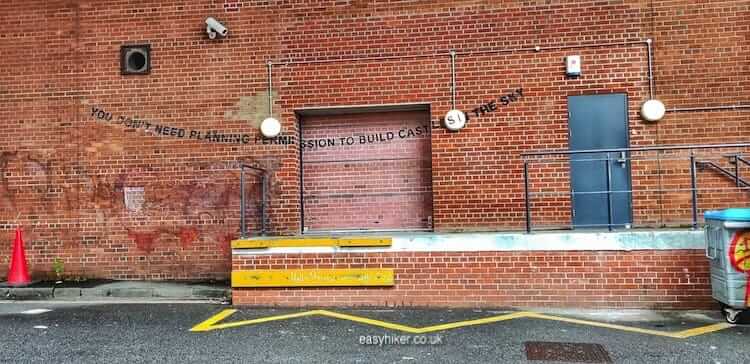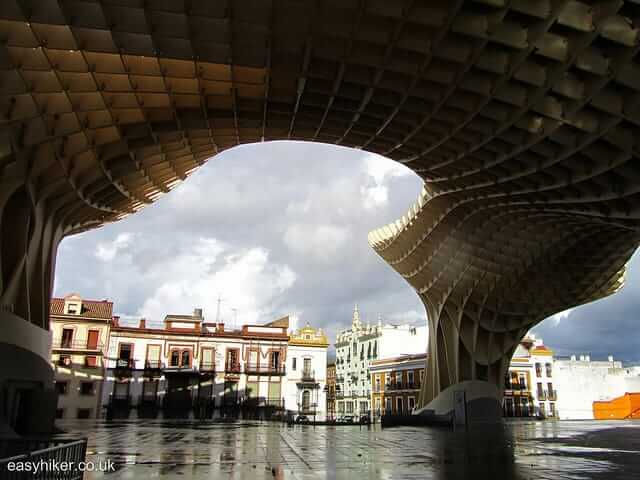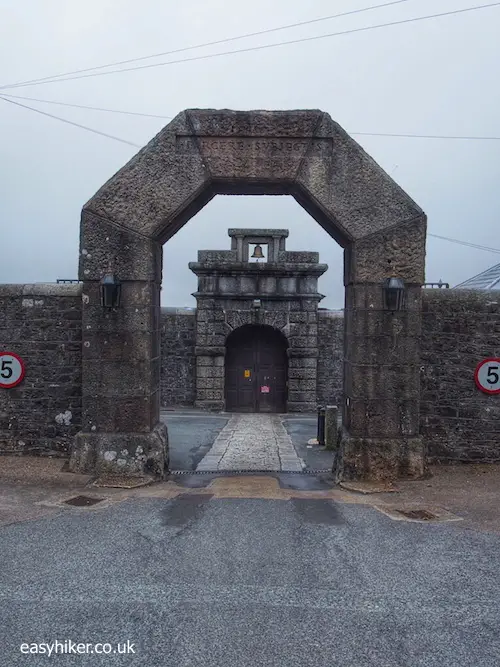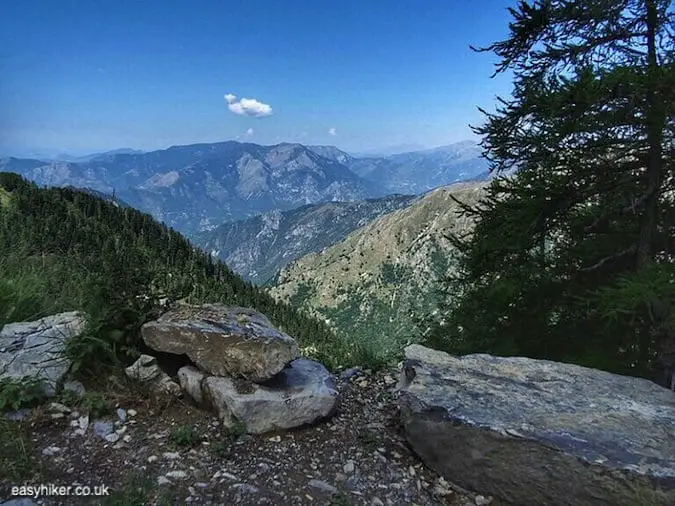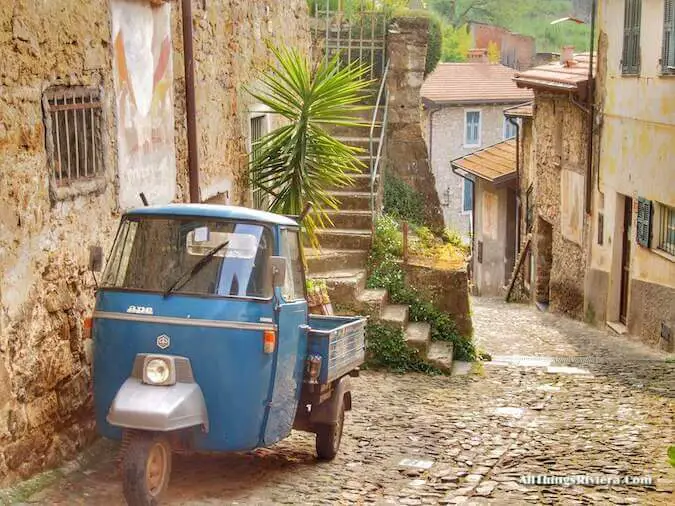More Riviera gardens to discover!
Last week, we surveyed the area east of Monaco and strolled deep into Italy, concentrating on the coast’s “classic” garden country for Riviera gardens to discover
But the less climatically blessed western part of the Riviera – where the mountains are often further away from the coast and give the cold Alpine winds more room to wreak their winterly havoc – also has its little artificial paradises.
So this week, we will concentrate on the stretch of land between Monaco and Grasse to find more Riviera gardens to discover.
1. Jardin Botanique, Eze
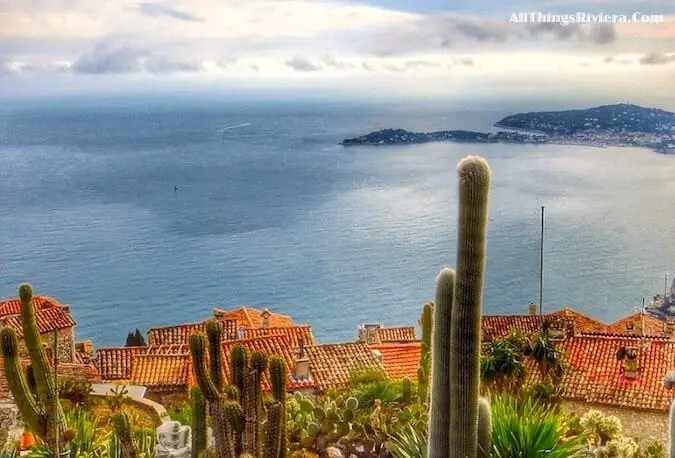
What’s there to like. The Jardin Botanique of Eze is located on the very top of the toughest climb on the coast. Once you get there, particularly if you have walked all the way up from Eze-sur-Mer train station, you will be so pleased to have arrived that you will love it, out of sheer relief and gratitude that your ordeal is over, just as you are sure to laugh at the punch line of a joke that took the person who had cornered you at the party 20 minutes to deliver.
But there is no arguing about the views which are simply the most spectacular anywhere on the coast – and that is some competition.
What’s there not to like. Like its very-nearly-identical twin at Monaco, the garden is focused on cacti and lacks the lush variety of most other Riviera gardens. And the sculptures, “Earth goddesses” with twee little poems at their feet, are surely not to everyone’s taste.
2. Chateau de Nice Gardens
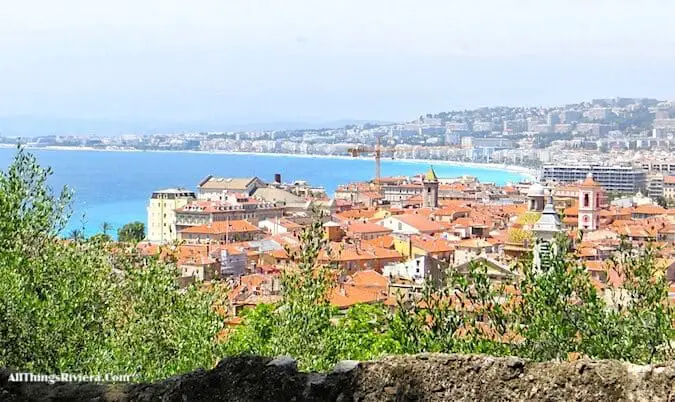
What’s there to like. It’s very scenic: featuring a waterfall, real Roman ruins, and – the main attraction – views over town and country, both to the west and to the east.
The gardens, constructed after a castle was razed that formerly stood in this place, were laid out in the 19th century as a deliberate ploy to attract aristocratic tourists, under the motto “why let Nice’s distant suburbs and upstart fishing villages like Monaco collect all those rich people’s cash?”.
They are also in walking distance of the town centre, so you do not have to dedicate a significant chunk of your travel schedule just to get there.
What’s there not to like. The garden-like part of the compound around the waterfall is actually rather small, so there will generally be a crowd, even outside the high season. And the Roman ruins, although they may be the real thing, look a little forlorn and are not specifically impressive.
3. Promenade de Paillon, Nice
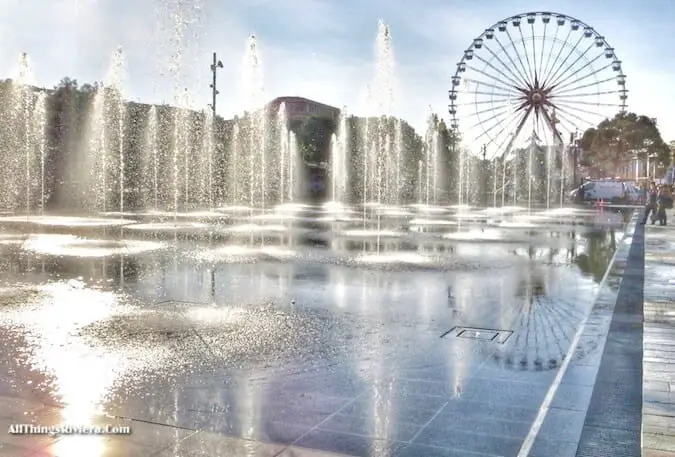
What’s there to like. Part of the “new” and spruced-up Nice, the Promenade de Paillon – built over the river of the same name, now covered and flowing underground – was built only recently as the point where Old and New Towns meet.
It has also become a meeting point for Nice’s population, a continuation of the Promenade des Anglais by other means.
The crowd is a bit different, however: more family-oriented, more multi-cultural and with fewer people who are keen to be seen riding their brand-new pair of roller skates. Still, fascinating street theatre and a relaxed way of encountering the “real Nice”.
What’s there not to like. The Promenade is the most un-gardenlike of all the gardens on our list. It’s barely a garden at all in the way that most people would understand the word, although it is just as clearly not a park. Which made me think: is there a simple phrase to explain the difference between the two?
I came up with this: parks imitate nature – knowingly, but the point is to provide an illusion (like a movie), whereas gardens copy motives from nature only to arrange them freely, unashamedly celebrating their own artifice (like a musical).
The promenade is certainly very good on innovative garden ornaments, with the Water Mirror (pictured above) the largest garden ornament you will ever see.
4. Monastere Notre Dame, Nice-Cimiez
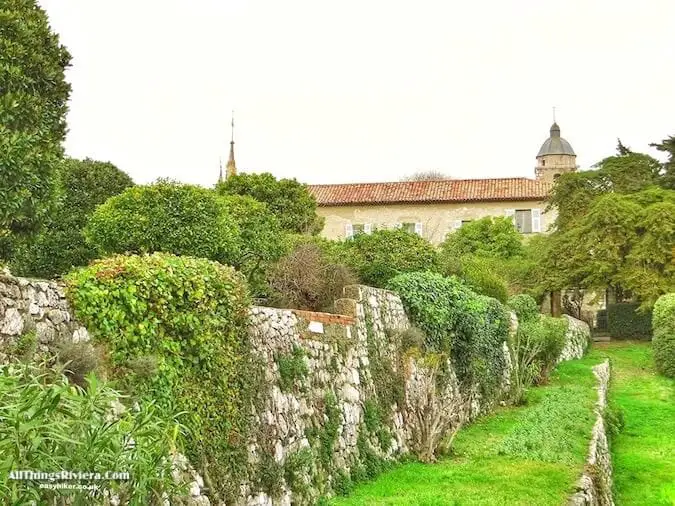
What’s there to like. If the gardens are calm and otherworldly, this is because they were designed that way. Monastery gardens have been in this place since the 9th century, although today’s convent dates from the 1500s when Nice was a provincial backwater, caught between the good times of its two occupations, the first by the Romans and the second by tubercular and/or bored aristocrats.
The building is still a working monastery, although barely so, with only four Franciscan friars holding the fort. Who probably prefer to buy their fruit and veg from the nearest supermarket, just like you and I, rather than grow it themselves. But the gardens are still there, ready to take you on a journey back in time.
What’s there not to like. The gardens are quaint rather than spectacular, and you could say the same about the views, if you judge them by local standards. The place is also a little bit out of the way and may not really merit the trip on its own.
It is, however, located just next to the Matisse museum, so if you are planning to go there, take the short walk and you will not regret it.
5. Musée Internationale de Parfumerie (MIP) near Grasse
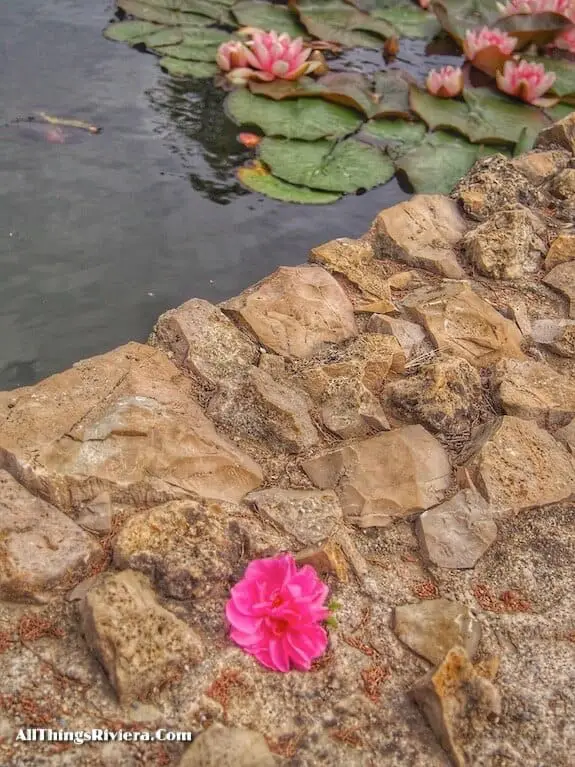
What’s there to like. Finally, a high-concept garden: a “perfume garden” near the world capital of perfumes (Grasse). You can learn all about perfumes and their scents, and there is even a small section of the garden where you are allowed to pick your own.
What’s there not to like. Like most things high concept, the perfume garden works better on paper than in reality. And although the museum people have done their best to make it attractive all through the year, nature being a capricious and unfair lady, visits at certain times of the year are inevitably more rewarding than others.
More to the point, however, is this: if you are not interested in perfumes and particularly in how they are made, you are unlikely to leave with unforgettable memories. This may be obvious, but needs to be said. Something similar could be said about the “pick your own” feature: the idea sounds cute, but once at home, you will wonder “what am I going to do with all that?” and chuck your rose petals into the bin. Which is what we did, quite frankly.
For you, five more Riviera gardens to discover
Be sure to get our latest hiking posts in your mail box by subscribing to our feed or by following us on Facebook to help you plan your next active holiday!

